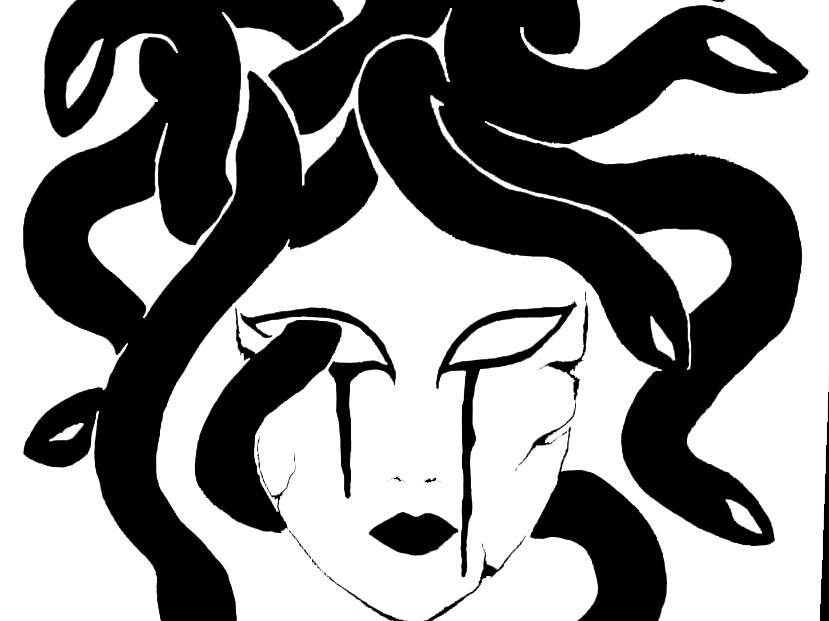Project concept
The idea is to revisit, with a multimedia performance, the Richard Wagner's composition "Der Engel" , the first of five Lieder on a poem by Mathilde Wesendonck. The original composition was made for piano and soprano.
In reinterpreting this composition, I would like to contrast the romantic vision of an angel with that of our times which undoubtedly look at such a figure with more skepticism but to which humans still sensitive. In fact, an angel is something that refers us to the mystery of existence, a link with what we do not understand, with the divine. An important aspect to take care of, is the historical significance in itself of this particular figure through time and in different cultures. As the etymology of the term explains, the angel, before being personified, was a "message" of a divine nature intended for humans (just to be clearer: not a humanised figure but just a message!).
The composition will be constituted in considering this ensemble:
Live electronics (on the signals of all the instruments and the soprano)
Live electronics (on the signals of all the instruments and the soprano)
Soprano
Double bass
Crystal glasses
Mute actress (the Angel)
Double bass
Crystal glasses
Mute actress (the Angel)
Personal instrumentation for the performance:
Ableton live with Max/Msp and Jitter
Sound spatialisation (Quadraphony/Octophony or multiple speakers)
Sound spatialisation (Quadraphony/Octophony or multiple speakers)
Soprano's lyrics:
In childhood's early days,
In childhood's early days,
I often heard them speak of angels
Who would exchange Heaven's sublime bliss
For the Earth's sun
So that, when an anxious heart in dread
Is full of longing, hidden from the world;
So that, when it wishes silently to bleed
And melt away in a trickle of tears;
So that, when its prayer ardently
Pleads only for release,
Then the angel floats down
And gently lifts it to Heaven.
Yes, an angel has come down to me,
And on glittering wings
It leads, far away from every pain,
My soul now heavenward!
The character of the performance is a bit gloomy, the soprano and an angel will move in the scene, which I think can be interpreted by another singer or anyone who hears it, is a character that can be silent.
When Mathilde Wesendonck wrote this poem in the 1800s, people had a very romantic vision of an angel to which we are still attached. However today this view is different, is more reasoned and less confident, the concept of angel, which belongs to all cultures, has come back closer to the meaning of the term Angelo, which means "message". A message is information, information is knowledge, knowledge is interpreted as light.
Initially the soprano will find himself suffering, in an emotional state alternating between despair and anger. in her hands she will hold angel wings, broken (as if she had torn them from her angel, a symbol of her sense of loneliness and lost hopes). The dominant colors will be white and red.
Live electronics interventions will follow on the "complaints" of the lead voice together with the double bass. the scene changes when the angel appears recalled by the soprano's cry, but without wings, with the evident sign in the back of the wounds, of his loss. during the performance the soprano will interact with electronic devices in support of the scenographic elements capable of making changes to his song (in some cases he will be able to control them independently with gestures. in the end, a newfound closeness and trust with the angel will act as direction to the execution of the piece by Wagner.
Personally I was very inspired by the text of Der Engel, and although well aware and pleased of the fact that its interpretation can be multifaceted, in this poem I find there are words inserted with subtle simplicity but that in the context I find very strong, exactly like a wound, like a streak of red on white.
Try to think of the very "comforting" sense of the entire poem and musically of Wagner's composition itself and then again of the reference in the central verses to the blood or to the combination of the term blood and silence so close.


